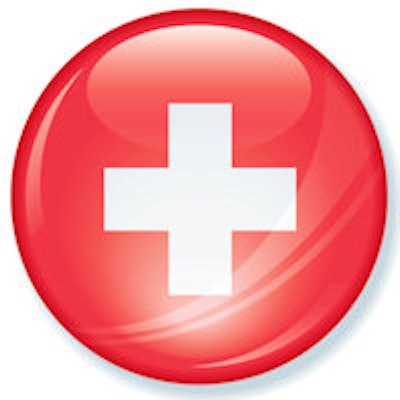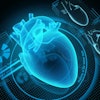
Knowing that your performance is being monitored and compared with your peers can be a powerful motivator. Swiss researchers have recently garnered significant improvements after implementing a system that shows radiology residents and staff radiologists how their report turnaround time ranks among their colleagues.
After the radiology department at the University Hospital Basel implemented a pseudonymous feedback system, the majority of department members lowered their individual median turnaround times. Median total report turnaround times also dropped by more than 15%.
"Awareness is essential for improving turnaround times," said informatics expert Dr. Achim Escher, who shared the university's experiences during a scientific session at RSNA 2013 in Chicago.
Hospital administrators consider report turnaround time as an important key performance indicator for radiology departments. In 2013, the university's radiology department set faster turnaround time as a major goal for the year, he said.
The Swiss researchers had two goals for their particular project. First, they wanted to evaluate how important turnaround time was to referring physicians. They then wanted to evaluate the potential of an individual feedback system for improving report turnaround times.
An internal online survey was performed to get feedback from referring physicians on their expectations of the radiology department and their level of satisfaction. Next, the department sought to increase transparency and awareness within radiology, including providing monthly reports at the subspecialty level and deploying an individual feedback system for residents and attendings. Later, real-time monitoring was also displayed in the reading rooms, Escher said.
Measuring individual times
While overall report turnaround times are easy to measure, it's more complex to measure turnaround times for individual radiologists, he said. For example, if a resident produced a preliminary report at 2 p.m. for an exam that finished at 1 p.m., he or she would have an individual turnaround time of one hour. If the attending produces the final report at 4 p.m., he or she would have individual turnaround time of two hours. The total turnaround time would be three hours.
Taking complex schedules into account, an internally developed algorithm allowed for calculating a balanced assessment of turnaround times, according to the group. Based on this algorithm, the feedback system yields average turnaround times of the department, all six sections, as well as pseudonymous average turnaround times for each of the 45 department members.
These individual turnaround times are presented on a graph by identification codes, which are provided to each radiologist so they can see how their turnaround time compares with all other department radiologists.
Survey results
The internal online survey revealed that 69% of referring physicians felt it was important to have rapid availability of a finalized written report for MRI and CT images. In addition, 44% felt it was very important for conventional x-ray, and 46% believed it was important for interventions.
When asked if they were satisfied with current radiology turnaround times, 8% reported they were very satisfied, and 58% said they were satisfied. Twenty-two percent indicated they were neutral, while 6% said that they were not satisfied and 4% said they were very unsatisfied.
"We want to make our referring physicians happy, so we try to increase the percentage of very satisfied referring physicians," he said.
Improvements in turnaround times
Adoption of the feedback system led to significant improvements in turnaround times for both residents and attendings.
Median turnaround times to preliminary report:
- February 2013: 3 hours, 30 minutes
- April 2013: 3 hours, 10 minutes
Median turnaround times from preliminary to finalized report:
- February 2013: 3 hours, 32 minutes
- April 2013: 2 hours, 11 minutes
Median total turnaround times also dropped from five hours, 40 minutes in February 2013 to four hours, seven minutes in March.
The researchers concluded that management awareness as well as individual radiologist awareness is essential for improving turnaround times. "A [pseudonymous] feedback system can help improve turnaround time," he said. "Later, further improvement was achieved by implementation of real-time monitoring."
In 2012, the department had a median total turnaround time of seven hours and 15 minutes. After management placed more attention on turnaround time, that dropped to about six hours.
"With individual feedback we improved to about four hours, and right now with real-time monitoring we're at about the level of three hours," Escher said.



















